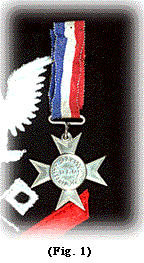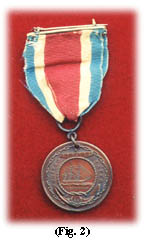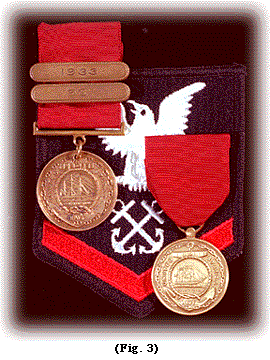

Little attention and less research has been accorded the history of the Navy's Good Conduct Medal, yet it occupies the position as our nation's third-oldest continuously presented award and the Navy's second-oldest after, respectively, the Navy Medal of Honor and the Army Medal of Honor. It also is noteworthy that the Navy Good Conduct Medal is the earliest of any of the services' good conduct medals. The Marine Corps first issued their Good Conduct Medal in 1896, the Coast Guard in 1923 and the Army in 1941.



Belden, Bauman L., United States War Medals, The American Numismatic Society, New York, 1916. Reprinted 1962 by Norm Flayderman.
Cannon, Brian G., Development of the U.S. Navy Good Conduct Medal, Journal of the Orders and Medals Society of America, Vol. 41, No. 7, July 1990, pp 7-12.
Cannon, Grian G., Fidelity, Zeal and Obedience: Good Conduct and The United States Navy 1776-1976, Newark, N.J., 200, 238 ppgs.
[Historical Note: The "Nickel Cross" Good Conduct Badge illustrated above in Fig. 1 is in the collection of the Navy Museum. It was earned by W.P. Sturtevant. The Type II medal in Fig. 2 was earned by William R. Myers, who qualified as a Seaman Gunner in 1884. The Type III medal on the left in Fig. 3 was earned by Pallas Edgar Tye in 1927. It has re-enlistment bars for 1933 and 1937.]
06 October 2001